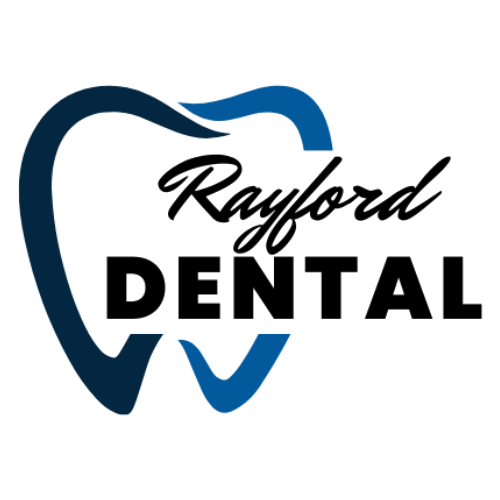Smile Restoration Procedures
While dental health awareness has lowered the number of people who face major dental problems, many people do have significant problems. Full smile restoration is a combination of general and cosmetic dentistry to restore a patient's smile to a more pleasing form and function.
Smile restoration is usually done for patients that have more than one type of problem with their teeth, but every situation can vary. Therefore, the process may involve a collection of different dental procedures. Take a look at a few of the common procedures done during full smile restoration.
Root Canals and Fillings
Natural teeth first need to be treated to make sure they are no longer at risk of decay or extraction. Therefore, the first part of smile restoration will typically be handling any root canals or cavities that need to be addressed. Root canals may be necessary if a tooth is decayed extensively, while fillings are more suitable for basic cavities.
Crown or Bridge Placement
Crowns (often referred to as dental caps) are used to restore a tooth that is damaged. For example, if one of your teeth has decayed extensively and a root canal has to be done, a crown may be placed over that tooth after treatment to fully restore and protect it. Bridges are used to fill gaps where a tooth has been extracted or is missing.
Dental Implants
Some patients opt to get dental implants as part of the smile restoration process. Dental implants can be used to replace a single missing tooth, but they may also be placed to support a fixed bridge or denture. Likewise, dental implants are a good replacement option for patients that have been using a partial denture and want something more stable.
Dental Bonding
Dental bonding is done to change the shape or size of teeth to a minimal extent. For example, if a patient has a gap between their front teeth, the dentist can use the composite material to slightly widen both teeth to close the gap.
Work with a Qualified Dentist
Full smile restoration can be a life-changing experience for a patient that has struggled with their smile. If you have several things about your smile you want to change, contact us to schedule an appointment.



